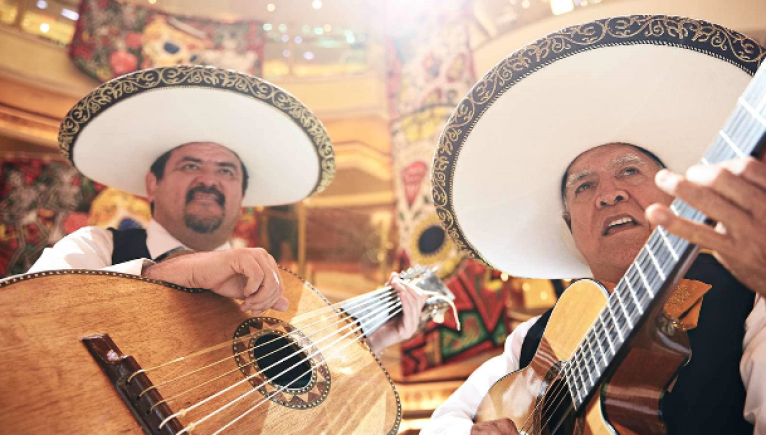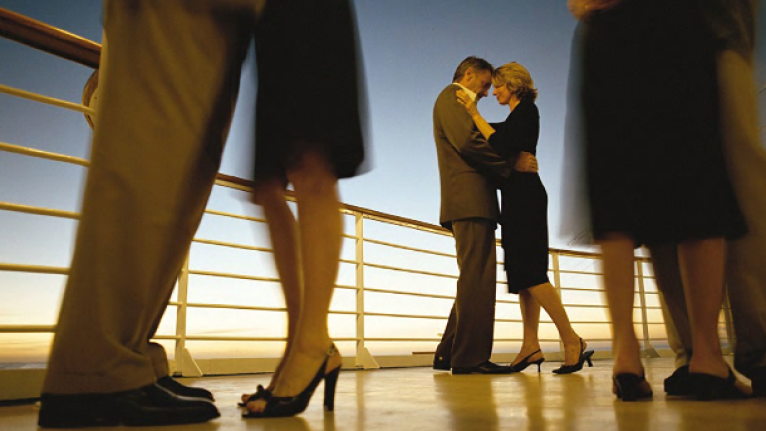(Prices correct as of today’s date, are updated daily, are subject to change and represent genuine availability at time of update).
Cruise only holidays are financially protected by ABTA. Fly cruise holidays are financially protected by Princess Cruises under ATOL number 6294
Please click here to check the essential travel requirements before booking this cruise.
Want to add a hotel stay or change your flights?
Just call our team of cruise specialists to help build your dream cruise holiday today!
Spread the cost of your holiday! Interest Free Monthly payments are based on a deposit of 15%, and 8 monthly installments in accordance with our balance due date.
Prices based on 2 people sharing. Cruise only price does not include flights. Fly-cruise price may vary by chosen UK airport.
Itinerary
Auckland
Auckland is called the City of Sails, and visitors flying in will see why. On the East Coast is the Waitemata Harbour—a Māori word meaning sparkling waters—which is bordered by the Hauraki Gulf, an aquatic playground peppered with small islands where many Aucklanders can be found "mucking... Read More
Auckland
Bay of Islands
At Sea
At Sea
At Sea
At Sea
Papeete, Tahiti
Moorea
At Sea
At Sea
At Sea
At Sea
At Sea
At Sea
Honolulu, Hawaii
At Sea
At Sea
At Sea
At Sea
At Sea
Los Angeles, California
At Sea
At Sea
Victoria, British Columbia
What's Included with
Princess Cruises
Delve into cuisines from across the globe with various dining options when you hop on-board a Princess Cruises ship. Enjoy exclusive cocktail receptions, deck parties, themed nights and entertainment throughout the day and into the evening. When you choose Princess Cruises for your next adventure you can enjoy peace of mind that you have everything you need when gliding the waves. Discover everything that a Princess Cruises sailing has to offer when you opt for an all-inclusive cruise holiday.
Accommodation
Entertainment throughout the day and evening
Use of swimming pools, hot tubs, fitness centre and leisure facilities where available
Return flights included from a choice of UK airports (fly cruise bookings only)
Room service from 6am to 11pm
Port taxes
Youth programmes for babies to 17-year-olds
Adult only areas
Exclusive cocktail receptions and deck parties on-board
Sailaway parties, themed nights and deck parties
Lemonade, water and iced tea available in selected venues
Shuttle service to and from ports and airport where available
Explore Discovery Princess
Chocolate Journeys℠
Indulge Your Chocolate Fantasies
There are few foods that inspire as much passion as chocolate. Our pastry chefs channeled their love of chocolate into handcrafted treats designed exclusively for our Chocolate Journeys℠ programme. These sweet creations combine premium quality chocolate with unique flavours and artful designs and can be found throughout the ship.


Movie Under the Stars
A Reel Treat Day or Night
Throughout the day and night, our exclusive open-air poolside amphitheatre is the go-to destination for feature films, thrilling concerts and exciting sporting events such as live football games. Cozy up under a fleece blanket in the comfortable lounger and feast on complimentary fresh-popped popcorn in the evening or delicious cookies and milk during the day, and enjoy that exciting car chase or mystery thriller on the giant screen.
Sports Court
Get in the Game with a Variety of Activities
Feel the court under your feet and the thrill of victory as you sink the ball in for two points. No matter your athletic ability, there’s nothing like shooting a few hoops out in the middle of the ocean as you watch the sun set and the stars come out. Our Sports Court is not only set up for basketball but also for volleyball. Pick up a game, compete against fellow guests for bragging rights, or start your own dream team.
Sporting Pursuits
- Basketball sports court
- Ping Pong
- Miniature golf putting course
- Golf Driving Range
- Shuffleboard
Venues vary by ship and are subject to change.
Just for Kids 3-7
Explore the Treehouse
Even the littlest guests will delight in this whimsical, forest-themed world that inspires playtime and invites exploration. Kids, ages 3 to 7, can dance, enjoy pyjama movie nights, create art projects like Animal Planet™ puppets and masks or compete in a Lego® boat-building contest.
Deck 19 - Vista

- The Greens Mini Golf
Deck 18 - Sky

- Centre Court
- Jogging Track
- Movies Under The Stars
- The Experience Centre
- The Sanctuary
- Suites
Deck 17 - Sun

- Bandstand
- Fitness Centre
- Retreat Pool & Bar
- The Beach House Teen Lounge
- The Lodge at Camp Discovery
- The Treehouse at Camp Discovery
- Oceanview Staterooms
- Balcony Staterooms
- Suites
Deck 16 - Lido

- SeaView Bar
- SeaWalk
- Sky Pool
- Slice
- Swirls Ice Cream Bar
- THE MIX
- The Pastry Shop
- Wake View Bar
- Wake View Pool
- World Fresh Marketplace
- Interior Staterooms
- Balcony Staterooms
- Mini-Suites
Deck 15 - Marina

- Interior Staterooms
- Balcony Staterooms (x1 Accessible Stateroom)
- Mini-Suites
- Suites
- Laundromats
Deck 14 - Riviera

- Concierge Lounge
- Wedding Chapel
- Laundromat
- Interior Staterooms
- Balcony Staterooms
- Mini-Suites
- Suites (x1 Accessible Stateroom)
Deck 12 - Aloha

- Interior Staterooms
- Balcony Staterooms (x6 Wheelchair Accessible)
- Mini-Suites (x2 Wheelchair Accessible)
- Suites
- Laundromat
Deck 11 - Baja

- Interior Staterooms
- Balcony Staterooms (x6 Wheelchair Accessible)
- Mini-Suites (x2 Wheelchair Accessible)
- Suites
- Laundromat
Deck 10 - Caribe

- Interior Staterooms
- Balcony Staterooms (x6 Wheelchair Accessible)
- Mini-Suites (x2 Wheelchair Accessible)
- Suites
- Laundromat
Deck 9 - Dolphin

- Interior Staterooms (x6 Wheelchair Accessible)
- Balcony Staterooms (x4 Wheelchair Accessible)
- Suites
- Laundromat
Deck 8 - Emerald

- Interior Staterooms (x2 Wheelchair Accessible)
- Balcony Staterooms
- Mini-Suites
- Suites
- Laundromat
Deck 7 - Promenade

- Bellini's
- Bistro Sur La Mer
- Crown Grill & Bar
- Gigi’s Pizzeria
- OceanFront
- Princess Live!
- Princess Live! Café
- Princess Theatre
- The Shops of Princess
- Vista Lounge
Deck 6 - Fiesta

- Captain's Circle Loyalty
- Churchill's Cigar Lounge
- Crooners Bar
- Dining Room
- Fine Arts Gallery
- Photo Gallery
- Future Cruise Planning
- Ketchikan Dining Room
- Photo Gallery
- Princess Casino
- Skagway Dining Room
- Take Five
- The Shops of Princess
- Theatre Lower Level
- Ocean Terrace Sushi Bar
- Chef's Table Lumière
Deck 5 - Plaza

- Beauty Salon
- Dining Room
- Gelato
- Good Spirits at Sea
- Guest Services
- International Café
- Internet Café
- Juneau Dining Room
- Lotus Spa & Salon
- Sabatini's Italian Trattoria
- Shore Excursions Desk
- The Enclave
- The Piazza
- The Salty Dog Gastropub
- The Shops of Princess
- Treatment Rooms
Deck 4 - Gala

- Medical Centre
- Water Shuttle Embarkation
Discovery Princess Cabins & Suites

Interior Stateroom

Premium Oceanview Stateroom


Balcony Stateroom























-large_thumb.jpg)









